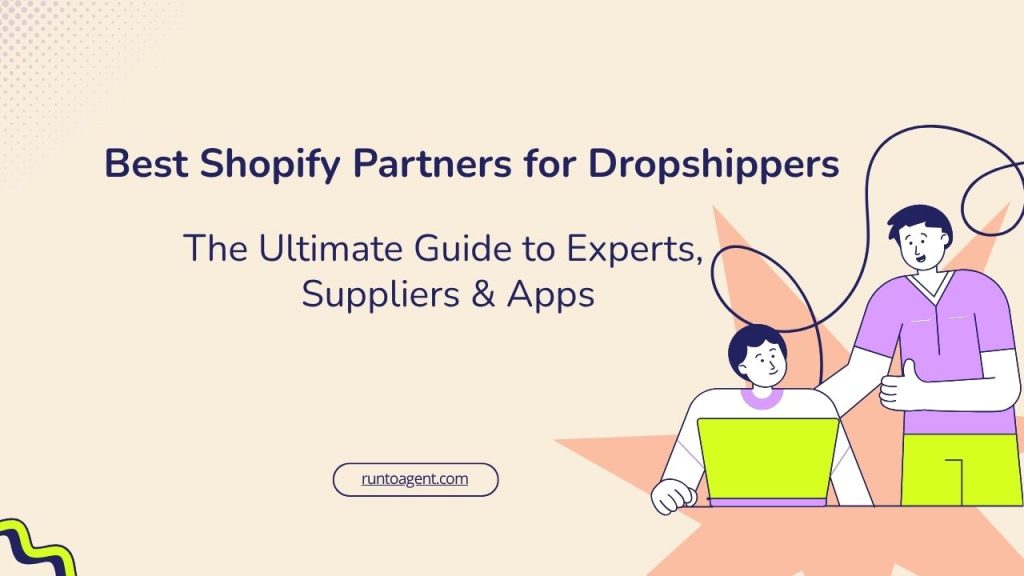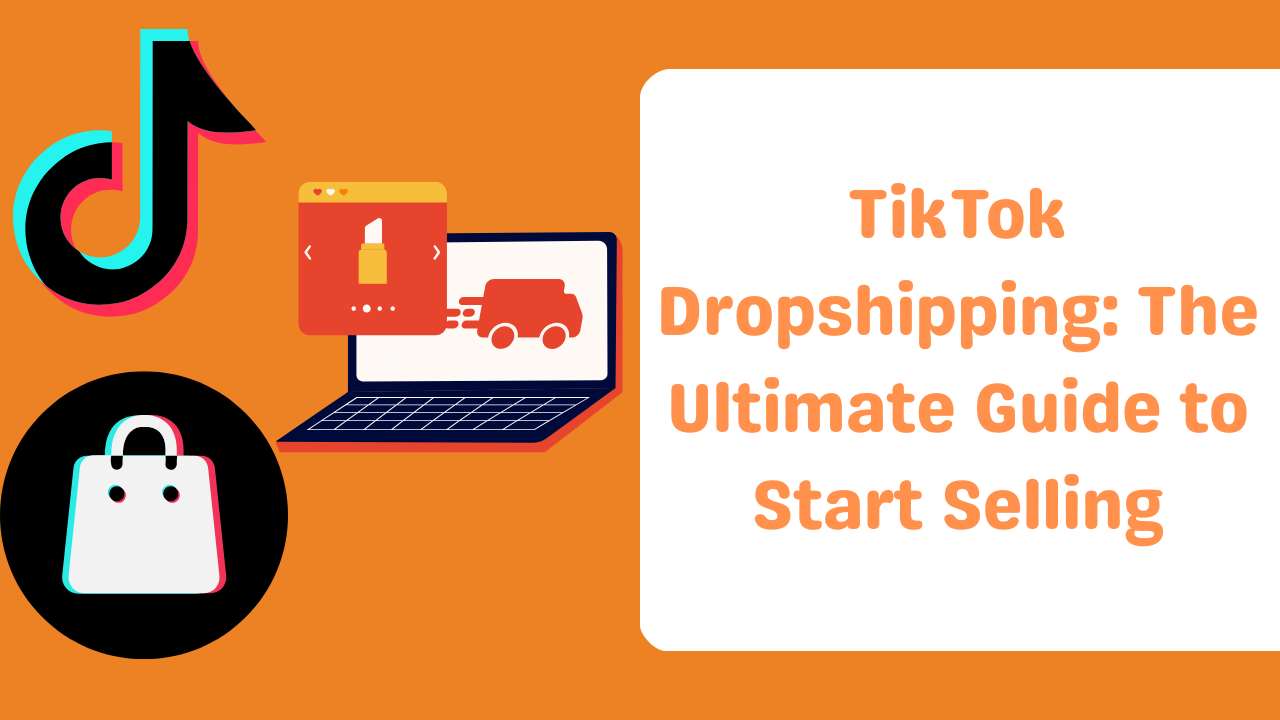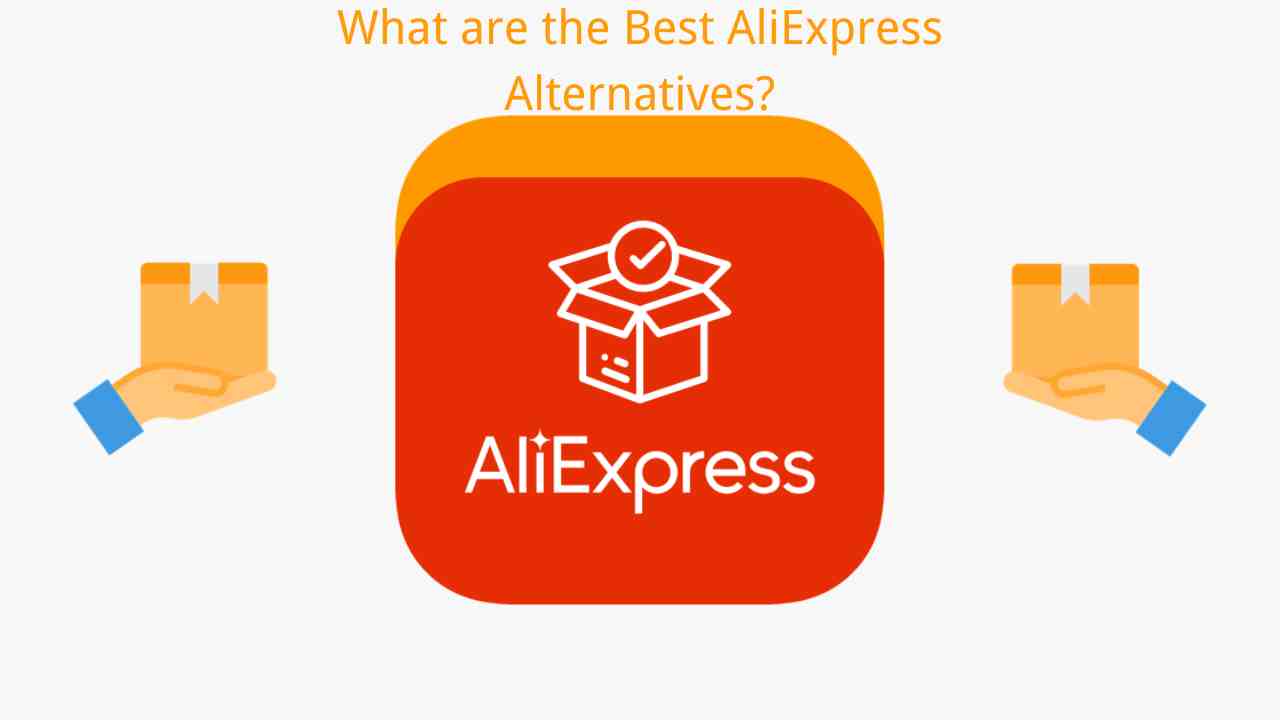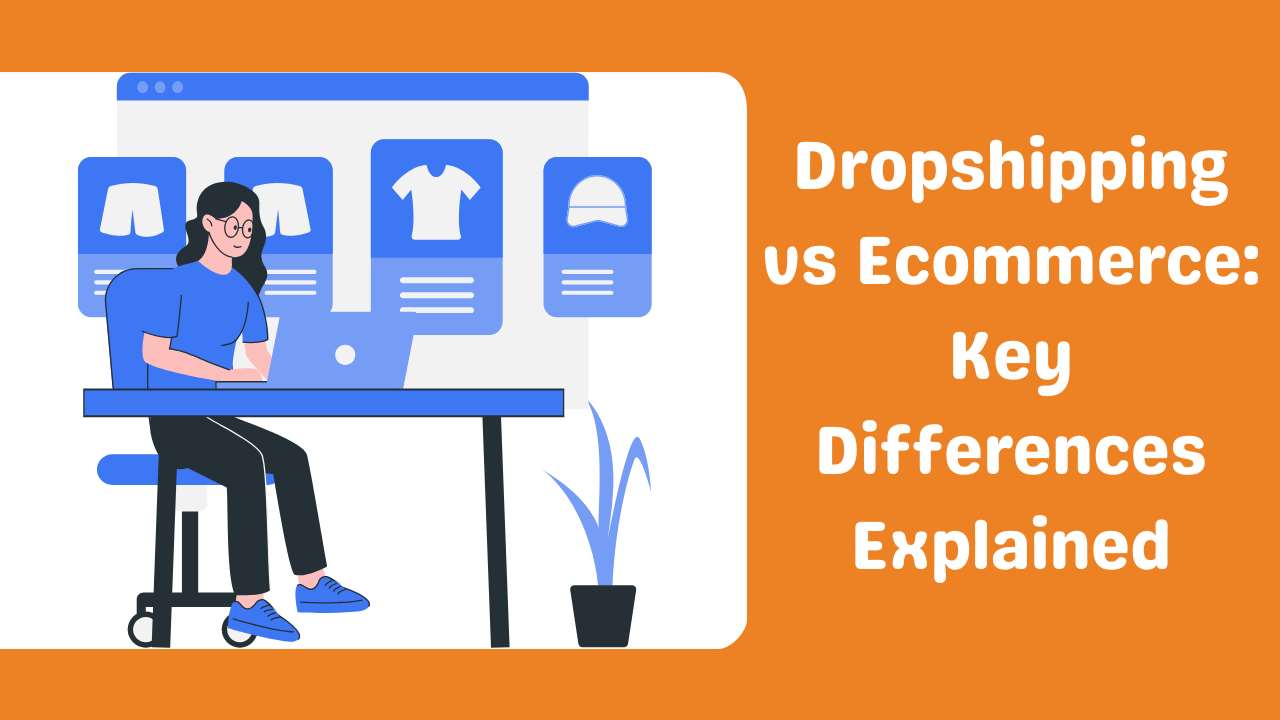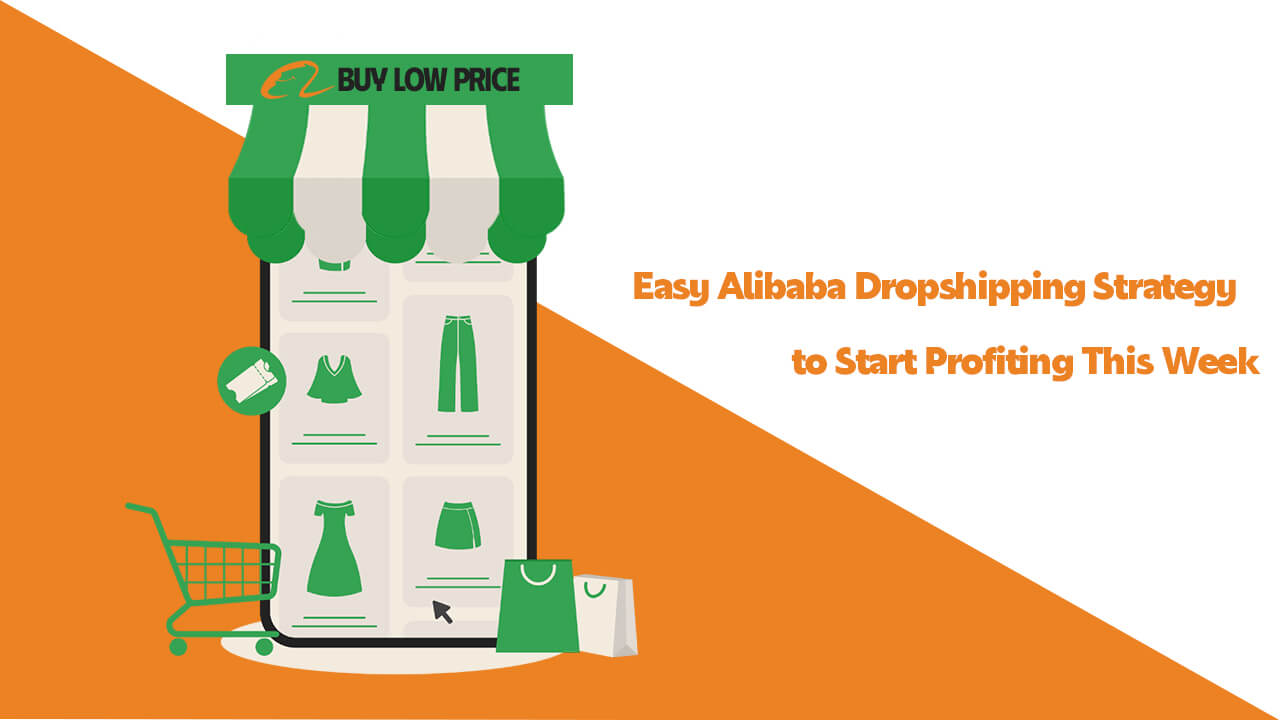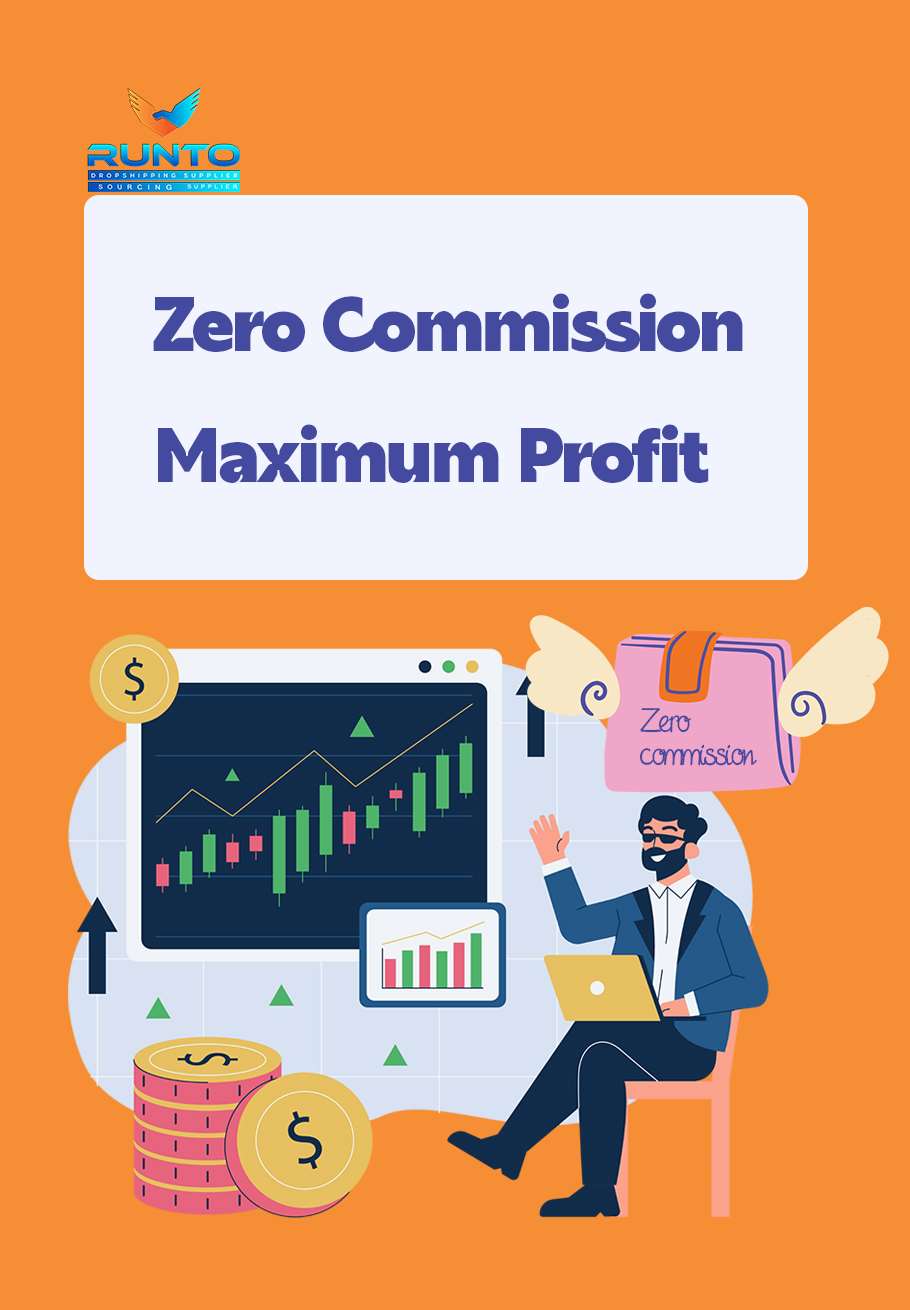Introduction: Scaling is Not a Solo Sport
If you are running a dropshipping business, you are likely wearing too many hats. One minute you are a web designer tweaking CSS code; the next, you are a customer support agent handling refunds; and in between, you are trying to be a Facebook Ads genius.
It is the classic entrepreneur’s trap: trying to do everything yourself to save money. But here is the truth that separates six-figure stores from hobbyists: You cannot scale alone.
To grow a sustainable brand in 2025, you need leverage. You need a team. But you don’t necessarily need full-time employees. You need shopify partners.
The shopify partner program is a massive ecosystem of vetted professionals, agencies, and app developers designed to help merchants succeed. Whether you are looking for a local shopify expert near me to overhaul your design, or searching for the best fulfillment services for shopify to solve your shipping headaches, the right partner can accelerate your growth by years.
In this comprehensive guide, we will dive deep into the partner ecosystem. We will move beyond the basics and show you exactly how to vet, hire, and collaborate with the best experts in the industry. We will also discuss why your supply chain partner is the most critical relationship you will ever build.
Chapter 1: Decoding the Shopify Partner Ecosystem
Before you start hiring, you need to understand the landscape. What exactly are shopify partners?
Shopify Partners are not Shopify employees. They are third-party professionals who have been vetted and approved by Shopify to provide services to merchants. They include:
- Developers: For custom coding and app integration.
- Designers: For branding, UI/UX, and store makeovers.
- Marketers: For SEO, PPC, and affiliate growth.
- Affiliates & Influencers: Who refer traffic to Shopify.
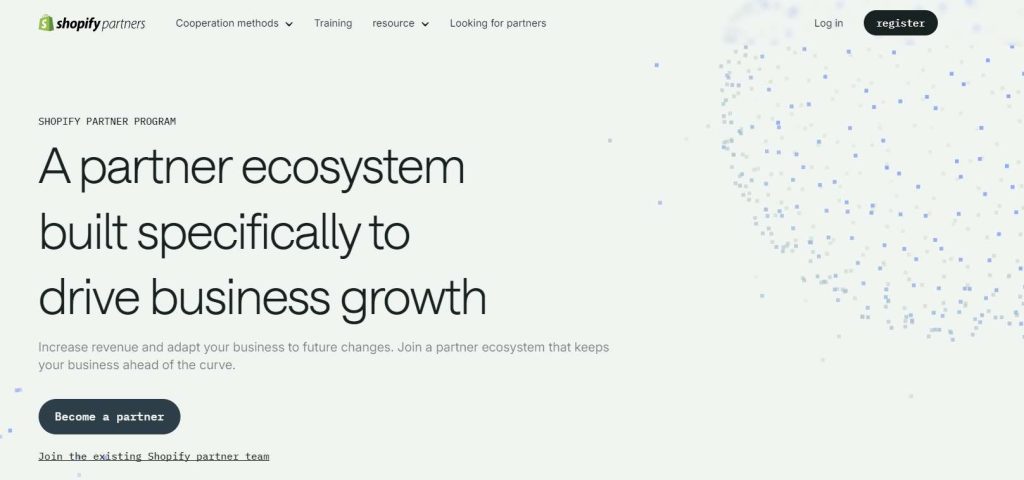
Why the “Shopify Partner Logo” Matters
When you are browsing Upwork or Fiverr, you will see thousands of freelancers claiming to be experts. How do you filter the noise?
Look for the official shopify partner logo. This badge isn’t just a decoration; it signifies that the freelancer or agency is active in the ecosystem, stays updated with the latest Shopify features (like Shopify 2.0), and adheres to platform standards. Working with unverified freelancers often leads to broken code, security risks, or poor mobile optimization.
Chapter 2: How to Find Legit Experts (Step-by-Step)
The ecosystem is huge. So, where do you start looking?
1. The Official Shopify Partner Directory
Your first stop should always be the shopify partner directory. Think of this as the “Yellow Pages” for ecommerce talent.
- Filter by Service: You can specifically look for “Store Setup,” “SEO,” or “Custom App Development.”
- Filter by Location: If you prefer working in your time zone, this is crucial.
- Read Verified Reviews: Unlike open freelance marketplaces, these reviews are tied to actual Shopify stores, making them harder to fake.
2. Searching for Local Talent (“Near Me”)
In the digital age, does location matter? For dropshipping, yes, it often does. Searching for a shopify expert near me or a shopify store designer near me can offer distinct advantages:
- Cultural Nuance: A local designer understands your specific market’s psychology better than an overseas agency.
- Communication: No time zone lag means faster iterations.
- Legal & Tax: Local experts often understand regional compliance (like GDPR in Europe or Sales Tax in the US).
3. High-End Agencies vs. Freelancers
If you are scaling aggressively, you might encounter names like shopify website design agency rave digital or shopify web development agency rave digital. These are examples of larger, full-service agencies.
- Pros: They handle everything (design, dev, marketing) under one roof.
- Cons: They are expensive.
- Verdict: For most dropshippers starting out, a specialized freelancer or a dedicated niche service (like a sourcing agent) offers better ROI than a massive agency.
Chapter 3: Design & Setup Partners – Building Your Foundation
Your store’s design is your digital storefront. If it looks scammy, no one will buy, no matter how good your ads are.
The “Do It For Me” Approach: Store Setup Services
If you are not a designer, stop trying to be one. A professional shopify store setup service is an investment that pays for itself in conversion rates. A proper setup service goes beyond installing a theme. It includes:
- Brand Identity: Creating a logo and color palette that evokes trust.
- Mobile Optimization: 80% of dropshipping traffic is mobile; a partner ensures your checkout flows smoothly on phones.
- Speed Optimization: Partners know how to compress images and minify code to pass Google’s Core Web Vitals.
Pro Tip: When hiring a designer, ask for their portfolio of live shops. Check the speed of those shops yourself using Google PageSpeed Insights.
Chapter 4: Marketing Partners – The Engine of Growth
Once your store is beautiful, you need traffic. But ad costs are rising. In 2025, the smartest dropshippers are pivoting to Affiliate Marketing.
Leveraging Affiliate Partners
Instead of paying Zuckerberg for every click, why not pay influencers only when they make a sale? To do this, you need the right tech stack. You need to find the best shopify affiliate program tools. A robust shopify affiliate app or shopify affiliate software allows you to:
- Create custom referral links for influencers.
- Pay commissions automatically.
- Track which influencer is driving the most profit.
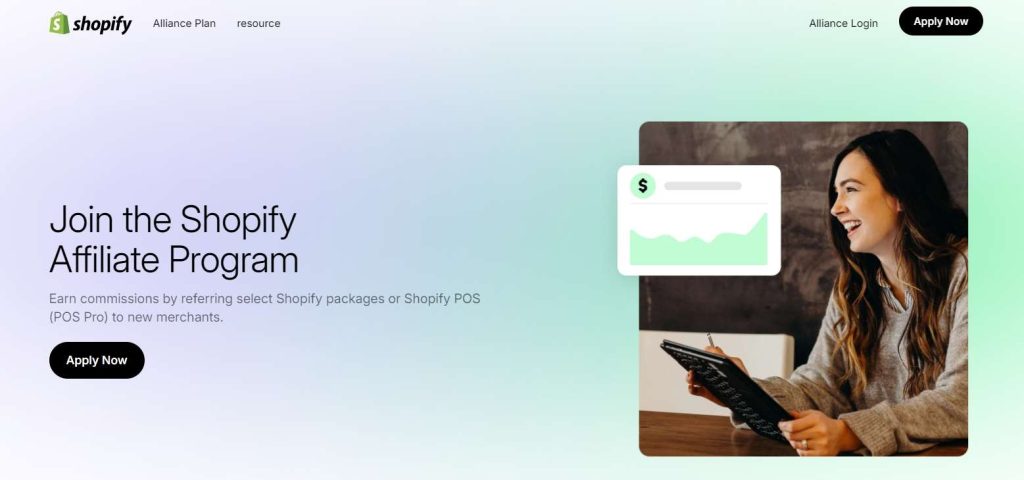
Tools vs. Agencies
- The Tool Route: installing an affiliate app for shopify (like UpPromote or GoAffPro) and managing influencers yourself. This is cheaper but time-consuming.
- The Agency Route: Hiring a marketing partner to recruit influencers for you.
Our Recommendation: Start with a good best shopify affiliate app and manage the first 10-20 micro-influencers yourself to understand the process before outsourcing.
Chapter 5: Fulfillment Partners – The Backbone of Dropshipping (Critical)
This is the most important chapter in this guide. You can outsource design. You can outsource ads. But if you fail at fulfillment, your business dies.
Many beginners rely on AliExpress or Oberlo-style apps. This is a mistake in the long run.
- The Problem: Shipping times of 30+ days, zero quality control, and generic packaging.
- The Solution: Hiring a professional shopify fulfillment service.
What to Look for in the Best Fulfillment Services for Shopify
When evaluating partners , look for these four pillars:
- Direct Integration: The partner must have software that syncs with your Shopify store. Orders should flow automatically.
- Sourcing Capability: Can they find products cheaper than AliExpress? (We can).
- Quality Control (QC): Do they inspect the items before shipping? This is the only way to stop returns.
- Branding: Can they add your logo to the package?
Why Runtoagent is Your Growth Partner
At Runtoagent, we aren’t just a warehouse. We are a strategic partner.
- We Source: You send us a photo; we find the factory.
- We Brand: We offer private labeling even for small MOQs.
- We Ship Fast: We use dedicated lines that reach the US/EU in 5-10 days, not 30.
Choosing the best fulfillment services for shopify is the difference between a customer coming back or leaving a 1-star review.
For a deeper breakdown of how to choose a reliable dropshipping agent, check out our step-by-step guide.

Chapter 6: Specialist Partners – From Apps to SEO
Beyond the “Big Three” (Design, Marketing, Fulfillment), there are niche partners you might need as you grow.
SEO Experts
Search Engine Optimization is a long game. Hiring an SEO partner can help you rank for keywords like “best dog toys” or “portable blenders.” They will handle on-page optimization, backlinks, and content strategy.
App Developers
Sometimes, you need a feature that no app on the store offers. A custom developer can build unique functionality, like a complex “Build Your Own Bundle” interface, which increases Average Order Value (AOV).
Chapter 7: How to Vet a Partner (A Checklist)
Before you sign a contract or pay a retainer, run any potential partner through this checklist:
- The “Logo” Test: Do they display the valid shopify partner logo on their site?
- The “Niche” Test: Have they worked with dropshippers before? A partner who builds websites for local bakeries might not understand the urgency of dropshipping fulfillment or high-conversion landing pages.
- The “Communication” Test: Do they reply within 24 hours? In dropshipping, speed is everything.
- The “Case Study” Test: Can they show you a client who grew from $0 to $10k/month with their help?
Conclusion: Build Your Dream Team Today
Dropshipping is often sold as a “laptop lifestyle” business you can run entirely by yourself. While that’s true for the first few sales, it is not true for scaling.
The most successful merchants are essentially project managers. They find the best talent and coordinate them.
- They hire a shopify expert near me or online to polish their brand.
- They install a shopify affiliate app to automate marketing.
- Most importantly, they partner with a professional supply chain expert.
Don’t let your business be bottled-necked by your own time or skills. The Shopify partner ecosystem is there for a reason—use it.
Ready to fix your most critical partnership? Your store deserves better than AliExpress. Contact Runtoagent today to get a free quote on sourcing and fulfillment. Let us handle the logistics so you can focus on building your empire.
FAQs (People Also Ask)
Q: How much does it cost to hire a Shopify Expert? A: Costs vary wildly. A freelancer might charge $50/hour, while a shopify website design agency rave digital (or similar high-end agencies) might charge $5,000+ for a project. For dropshipping, look for value-focused setups in the $500-$1,000 range.
Q: What is the best fulfillment service for Shopify? A: The best fulfillment services for shopify are those that offer private sourcing, fast shipping lines, and automated syncing. Runtoagent is a top choice for dropshippers looking to move away from AliExpress.
Q: Can I do affiliate marketing on Shopify? A: Yes! By using a best shopify affiliate program app, you can turn customers into promoters. It is one of the most ROI-positive marketing strategies in 2025.

